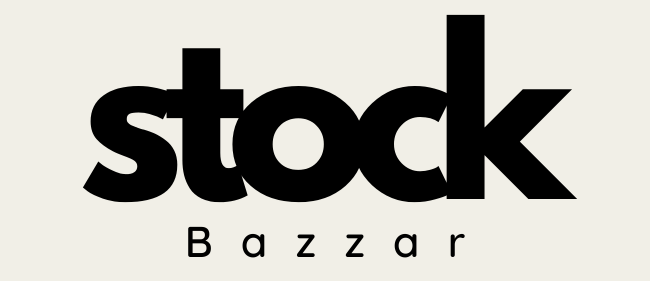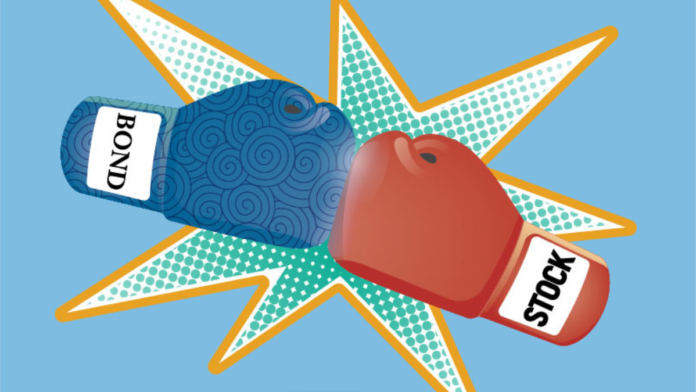Stocks vs Bonds: Understanding the Key Differences and How to Choose the Right Investment for Your Portfolio
When it comes to investing, stocks and bonds are two of the most common financial instruments. While both offer opportunities to build wealth, they serve different purposes in an investment strategy. Understanding the fundamental differences between these two investment types will help you make informed decisions based on your financial goals, risk tolerance, and time horizon. In this guide, we’ll dive deep into the characteristics, benefits, risks, and when to choose stocks or bonds for your investment portfolio.
What Are Stocks?
Stocks (also known as equities) represent partial ownership in a company. When you purchase stock in a company, you’re essentially buying a share of ownership, which entitles you to a portion of the company’s profits, along with voting rights in certain corporate decisions. Stocks are typically bought and sold on exchanges like the New York Stock Exchange (NYSE) or Nasdaq.
Key Characteristics of Stocks:
- Ownership and Control: Buying a stock means you own a small piece of the company. As an owner, you may be entitled to dividends (a share of the company’s profits) and the right to vote on corporate matters such as mergers or board elections.
- Potential for High Returns: Stocks are known for their high growth potential. If the company performs well, its stock price can rise, offering substantial returns on your investment. Historically, stocks have outperformed other asset classes in the long term.
- Volatility and Risk: Stocks can be volatile, meaning their prices can fluctuate significantly in the short term due to factors such as market sentiment, economic conditions, or company performance. While they offer high potential returns, they also come with higher risks.
- Dividends: Some stocks pay dividends to shareholders as a way to distribute a portion of their earnings. However, dividends are not guaranteed, and many growth stocks reinvest their profits rather than paying out dividends.
Why Choose Stocks?
- High Growth Potential: Stocks can provide substantial returns over time, especially if you invest in high-growth sectors or companies with strong potential.
- Liquidity: Stocks are typically more liquid than bonds, meaning you can easily buy and sell them on the stock exchange.
- Hedge Against Inflation: Stocks can be a good hedge against inflation, as the value of companies often increases with the cost of living, unlike bonds that can lose value with rising inflation.
What Are Bonds?
Bonds are debt securities issued by governments, corporations, or other entities to raise capital. When you purchase a bond, you are essentially lending money to the issuer in exchange for periodic interest payments and the return of your principal investment when the bond matures.
Key Characteristics of Bonds:
- Debt Instrument: Bonds represent a loan you make to the issuer. In return, the issuer agrees to pay you interest at a predetermined rate (known as the coupon) over the life of the bond and return your principal when the bond matures.
- Steady Income: Bonds provide regular interest payments, making them an attractive option for income-focused investors. These payments are typically fixed and occur at regular intervals.
- Lower Risk: Bonds are generally considered safer investments compared to stocks. Because bondholders are paid before stockholders in the event of bankruptcy, bonds are considered less risky. However, the risk varies depending on the issuer’s creditworthiness (e.g., government bonds vs. corporate bonds).
- Maturity Date: Unlike stocks, which can be held indefinitely, bonds have a set maturity date. At maturity, the issuer repays the face value of the bond (the amount you initially invested).
Why Choose Bonds?
- Stable Income: Bonds provide predictable and stable income, making them ideal for retirees or those seeking less volatile investment options.
- Lower Risk: Bonds are typically less volatile than stocks and are less susceptible to short-term market fluctuations.
- Diversification: Bonds help diversify a portfolio by adding stability and reducing the overall risk exposure of a portfolio that includes stocks.
Key Differences Between Stocks and Bonds
| Feature | Stocks | Bonds |
| Ownership vs. Loan | Represents ownership in a company | Represents a loan to the issuer |
| Return on Investment | Potential for high returns, with dividends or capital appreciation | Fixed interest payments (coupons) and return of principal at maturity |
| Risk Level | High risk due to market volatility | Lower risk, but subject to interest rate and credit risk |
| Income | Dividends (if the company pays them) | Regular interest payments (fixed) |
| Volatility | Can be highly volatile and subject to market conditions | Less volatile, but affected by interest rate changes |
| Investment Horizon | Ideal for long-term growth | Suitable for short- to medium-term stability and income |
| Liquidity | Highly liquid – can be easily bought and sold on the market | Less liquid – may be harder to sell before maturity, though some bonds are traded on the market |
Which Is Right for You? Stocks or Bonds?
The choice between stocks and bonds largely depends on your financial goals, risk tolerance, and investment horizon. Here’s how to decide which investment is best for you:
Choose Stocks If:
- You have a long-term investment horizon (5 years or more).
- You can tolerate risk and market fluctuations for the potential of higher returns.
- You are focused on capital growth and are willing to wait for long-term gains.
- You want to own a stake in successful companies and benefit from their growth.
Choose Bonds If:
- You want steady, predictable income from interest payments.
- You prefer a lower-risk investment with less volatility.
- You have a short-term investment horizon or are nearing retirement and want to preserve capital.
- You seek to diversify your portfolio and reduce the overall risk of your investments.
Conclusion: Build a Balanced Portfolio with Stocks and Bonds
While both Stocks and Bonds offer unique benefits, a balanced portfolio that includes a mix of both can help optimize returns while managing risk. By combining the high growth potential of stocks with the stability and steady income of bonds, you can create a well-rounded investment strategy that suits your financial goals.
About Stockbazzar.com
Stockbazzar.com is your trusted online platform for quick, easy-to-understand news and insights related to the stock market, finance, technology, and sports. Whether you’re a seasoned investor or just getting started, Stockbazzar.com provides expert analysis, tips, and up-to-date information to help you make informed financial decisions. Explore our comprehensive guides and stay ahead in the world of investing and finance!



